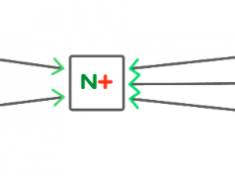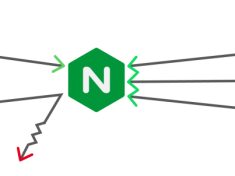
Maximizing PHP 7 Performance with NGINX, Part II: Multiple Servers and Load Balancing
Maximizing PHP 7 Performance with NGINX, Part II: Multiple Servers and Load Balancing PHP is the programming language used for many popular frameworks and content management systems (CMSes). We have specific articles on the two most popular PHP-based CMSes, WordPress and Drupal. Introduction: When to Use Multiple Servers Part I of this blog post covers maximizing PHP web server performance //link// on a single-server implementation, where the Web server and the PHP application share a single server or virtual machine instance. It also covers caching on NGINX, which can be implemented in a single-server or multi-server environment. As we described in Part I, for a single-server system, moving to PHP 7 and moving from Apache to NGINX both help maximize performance. Static file caching and micro-caching maximize performance on either a single-server setup or a multi-server setup, as described here. [ more… ]




